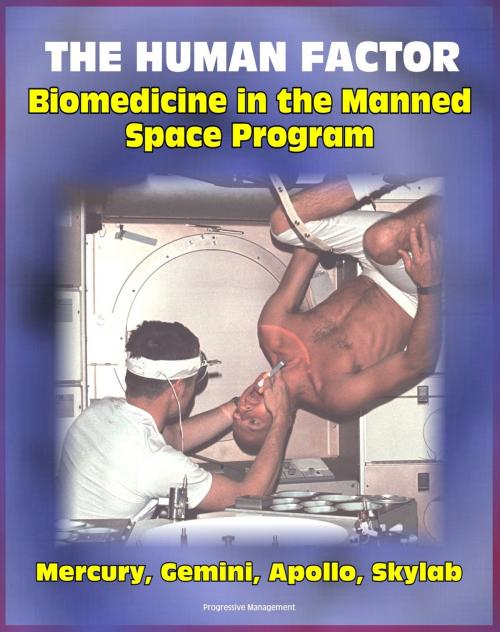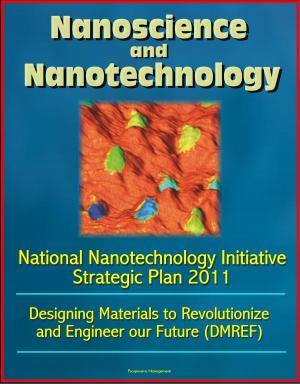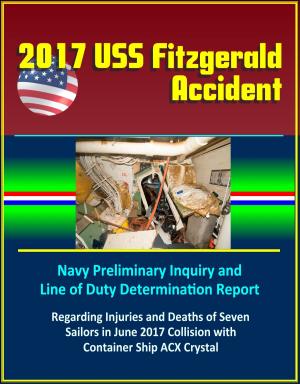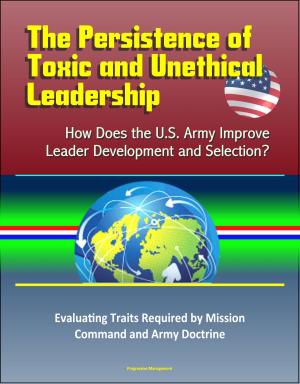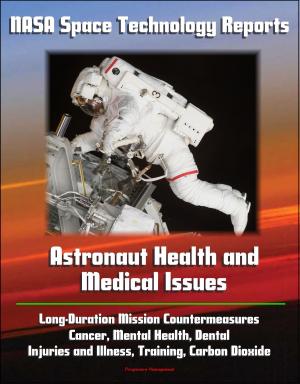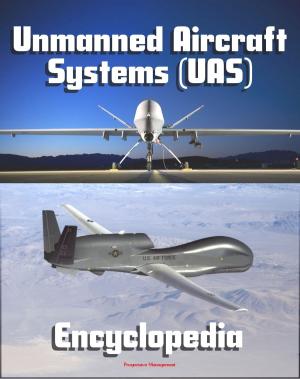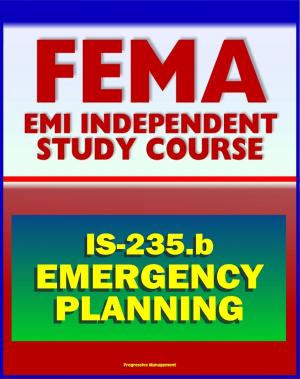The Human Factor: Biomedicine in the Manned Space Program to 1980 - Unique Insights into Biological and Life Science Research from Mercury, Gemini and Apollo through Skylab (NASA SP-4213)
Nonfiction, Science & Nature, Science, Physics, Cosmology, Astrophysics & Space Science| Author: | Progressive Management | ISBN: | 9781466161030 |
| Publisher: | Progressive Management | Publication: | January 18, 2012 |
| Imprint: | Smashwords Edition | Language: | English |
| Author: | Progressive Management |
| ISBN: | 9781466161030 |
| Publisher: | Progressive Management |
| Publication: | January 18, 2012 |
| Imprint: | Smashwords Edition |
| Language: | English |
This official NASA history document - converted for accurate flowing-text e-book format reproduction - provides unique information about NASA's biomedicine program in the Mercury, Gemini, Apollo, and Skylab era, with fascinating insights into medical issues faced by the early astronauts.
Contents: Medicine, Machines, and Manned Flight * The Human Factors of Project Mercury * NASA's Life Sciences Program * The Human Factor in Long-Duration Manned Spaceflight * Life Sciences Management in an Accelerated Space Program * The Biopolitics of Manned Spaceflight * Lunar Trajectories: Biomedicine in the Gemini and Apollo Programs * Directing the Life Sciences Program * A New Bioastronautics Crisis * Lunar Transit: Biomedical Results from Apollo and Biomedical Preparations for the Post-Apollo Space Program * Toward an Integrated Life Sciences Program * NASA Life Sciences from the Shuttle into the Future
The history of the biomedical aspects of the manned space program is a multifaceted one. One facet is the technical and operational decision making that underlay biomedical research, development, and operations in support of the manned space program. What were the biomedical requirements and objectives at each stage of the manned space program? How, and by whom, were these requirements and objectives identified and ranked? What was the nature of the research and development projects undertaken to fulfill these requirements and achieve these objectives? How successful were the biomedical preparations for, and what were the biomedical results of, each of the manned programs? What role did the separate life sciences programs (space biology, human factors research, biotechnology, and space medicine) have in supporting the technical and operational objectives of the manned space program?
The history of biomedicine during the manned space program is also a history of administrative decision making. How did the technical and operational requirements of the manned space program affect the organization and administration of NASA's life sciences programs? What factors underlay management decisions concerning the allocations of life sciences resources, personnel, and authorities? What arrangements did management make to encourage coordination and timely resolution of jurisdictional disputes among the decentralized life sciences programs? What were the major organizational and management problems that emerged within the life sciences programs, and how were these problems resolved? What factors led NASA's top administrators, on several occasions, to make changes in the organization and management of the agency's life sciences programs?
The history of the biomedical aspects of the manned space program is also a study of biopolitics, that is, the effect of political factors on life sciences within the space program. What were the political considerations that influenced decision making in the space life sciences? To what extent, if at all, did these factors influence technical, operational, organizational, and management decisions? How successful were NASA's opponents and critics in influencing congressional decisions related to NASA's life sciences programs?
This historical analysis of biomedicine during the manned space program considers all these questions. The technical and operational problems that NASA's life scientists faced as they strove to provide biomedical support for both approved and advanced manned programs are discussed, as well as the administrative and political problems that emerged as NASA's life sciences programs expanded and diversified to meet the requirements of an accelerated space program. Together, the narrative and analysis illuminate the important contributions of NASA's life scientists to the nation's achievements in space, and record the difficulties and frustrations these scientists experienced as they tried to create a viable, integrated, and effective program in the space life sciences.
This official NASA history document - converted for accurate flowing-text e-book format reproduction - provides unique information about NASA's biomedicine program in the Mercury, Gemini, Apollo, and Skylab era, with fascinating insights into medical issues faced by the early astronauts.
Contents: Medicine, Machines, and Manned Flight * The Human Factors of Project Mercury * NASA's Life Sciences Program * The Human Factor in Long-Duration Manned Spaceflight * Life Sciences Management in an Accelerated Space Program * The Biopolitics of Manned Spaceflight * Lunar Trajectories: Biomedicine in the Gemini and Apollo Programs * Directing the Life Sciences Program * A New Bioastronautics Crisis * Lunar Transit: Biomedical Results from Apollo and Biomedical Preparations for the Post-Apollo Space Program * Toward an Integrated Life Sciences Program * NASA Life Sciences from the Shuttle into the Future
The history of the biomedical aspects of the manned space program is a multifaceted one. One facet is the technical and operational decision making that underlay biomedical research, development, and operations in support of the manned space program. What were the biomedical requirements and objectives at each stage of the manned space program? How, and by whom, were these requirements and objectives identified and ranked? What was the nature of the research and development projects undertaken to fulfill these requirements and achieve these objectives? How successful were the biomedical preparations for, and what were the biomedical results of, each of the manned programs? What role did the separate life sciences programs (space biology, human factors research, biotechnology, and space medicine) have in supporting the technical and operational objectives of the manned space program?
The history of biomedicine during the manned space program is also a history of administrative decision making. How did the technical and operational requirements of the manned space program affect the organization and administration of NASA's life sciences programs? What factors underlay management decisions concerning the allocations of life sciences resources, personnel, and authorities? What arrangements did management make to encourage coordination and timely resolution of jurisdictional disputes among the decentralized life sciences programs? What were the major organizational and management problems that emerged within the life sciences programs, and how were these problems resolved? What factors led NASA's top administrators, on several occasions, to make changes in the organization and management of the agency's life sciences programs?
The history of the biomedical aspects of the manned space program is also a study of biopolitics, that is, the effect of political factors on life sciences within the space program. What were the political considerations that influenced decision making in the space life sciences? To what extent, if at all, did these factors influence technical, operational, organizational, and management decisions? How successful were NASA's opponents and critics in influencing congressional decisions related to NASA's life sciences programs?
This historical analysis of biomedicine during the manned space program considers all these questions. The technical and operational problems that NASA's life scientists faced as they strove to provide biomedical support for both approved and advanced manned programs are discussed, as well as the administrative and political problems that emerged as NASA's life sciences programs expanded and diversified to meet the requirements of an accelerated space program. Together, the narrative and analysis illuminate the important contributions of NASA's life scientists to the nation's achievements in space, and record the difficulties and frustrations these scientists experienced as they tried to create a viable, integrated, and effective program in the space life sciences.
